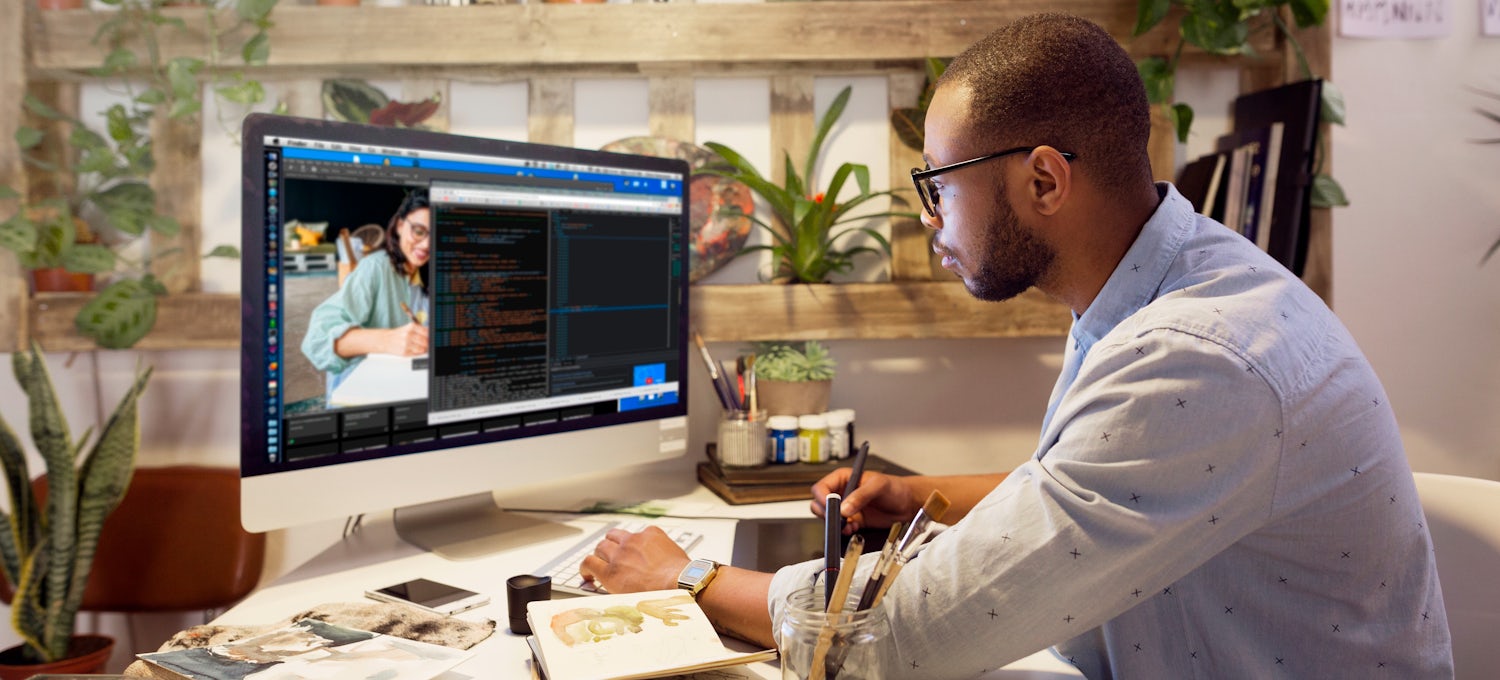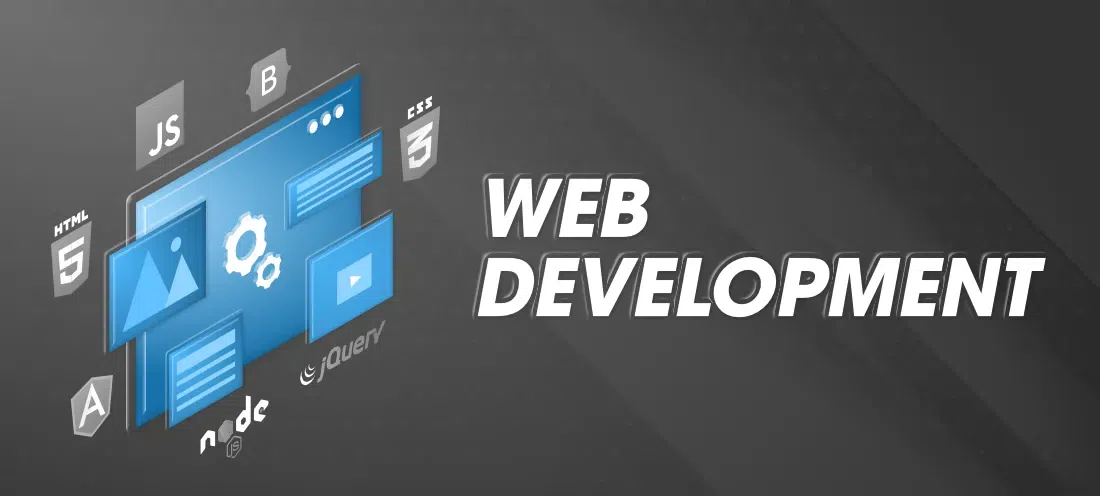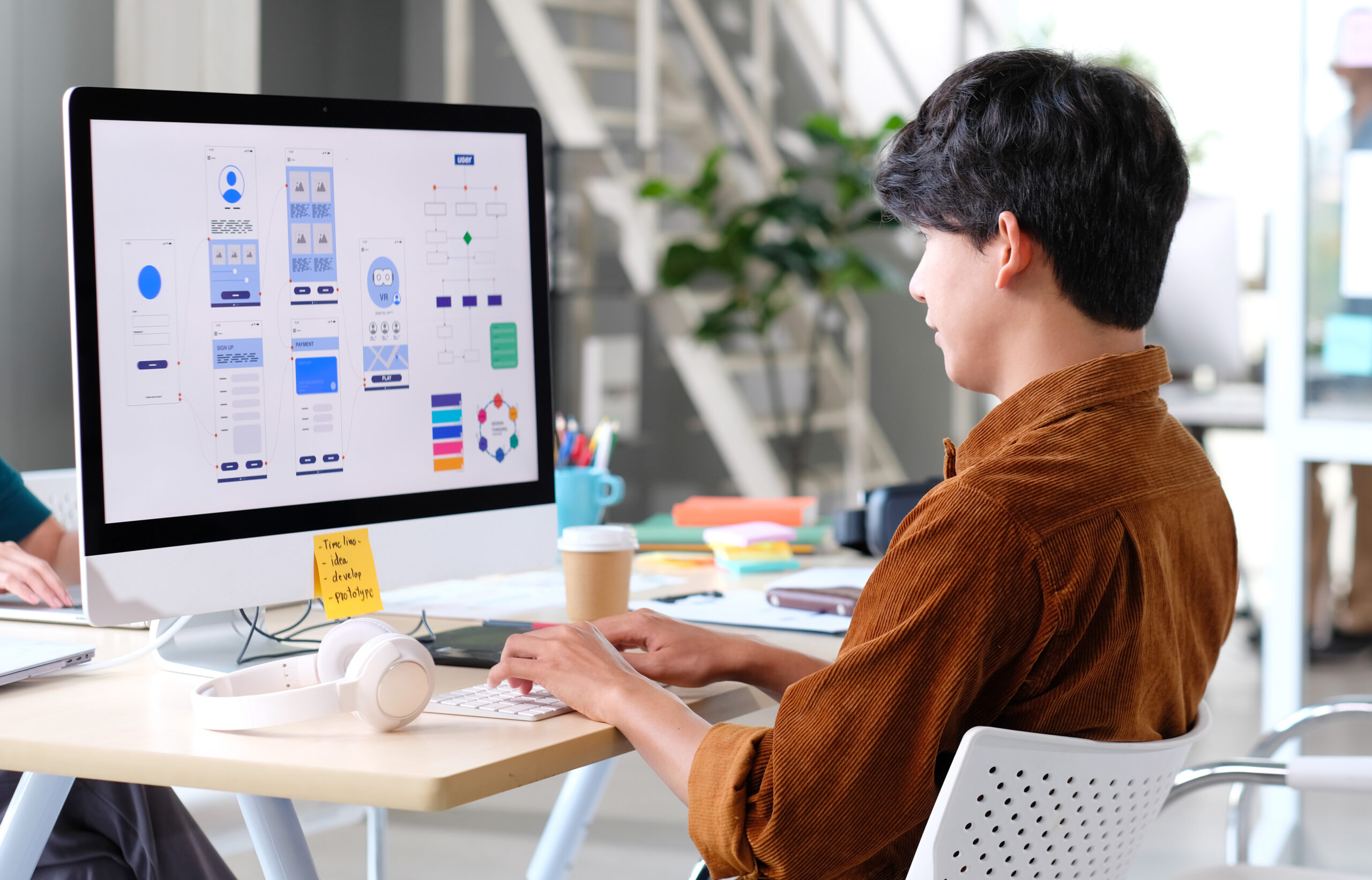Affordable Aligned Position Web Design: Top-Notch Web Design Services at Competitive Prices
Affordable Aligned Position Web Design: Top-Notch Web Design Services at Competitive Prices
Blog Article
The Finest Kinds of Website Design to Improve User Experience and Interaction
In the ever-evolving landscape of electronic communication, the performance of Web layout dramatically impacts user experience and engagement. Different style techniques, such as minimal, receptive, and interactive designs, each offer unique benefits that can cater to diverse customer needs.
Minimal Web Layout
As electronic landscapes come to be significantly chaotic, minimal website design has actually emerged as an effective strategy to enhancing individual experience. This design ideology prioritizes simpleness, concentrating on vital components while removing unnecessary interruptions. By using ample white room, straightforward navigation, and a minimal shade scheme, minimalist design fosters clarity and routes customer attention to key content.
The core concept of minimal website design is to create a seamless communication for individuals. By reducing cognitive lots, users can promptly comprehend information without really feeling bewildered. This direct technique not just boosts usability however also motivates interaction, as visitors are most likely to discover a site that is visually enticing and simple to navigate.
In addition, minimal style frequently highlights typography and images, utilizing these components tactically to convey messages efficiently. This emphasis on important components can boost brand name identification and produce a remarkable user experience. In significance, minimal website design is not just a fad; it is a thoughtful methodology that identifies the relevance of user-centered style. By removing additional aspects, designers can develop a much more appealing, efficient, and delightful Web experience for all users.
Responsive Web Layout
In today's varied electronic setting, receptive website design has actually come to be necessary for producing a smooth user experience across a plethora of gadgets. As individuals accessibility web sites on mobile phones, tablet computers, laptop computers, and desktops, the capacity of an internet site to adjust its design and content to different screen sizes and resolutions is vital.
Receptive website design utilizes adaptable grids, photos, and CSS media inquiries to make sure that Web content is provided ideally, despite the gadget made use of. This approach not only boosts the visual charm of a website yet also substantially improves functionality. Users are more probable to engage with a site that offers a constant experience, as it gets rid of the disappointment of needing to focus or scroll exceedingly.
By taking on responsive design, companies can enhance their visibility and reach a broader audience. In recap, responsive Web style is a fundamental technique that improves customer experience, interaction, and overall fulfillment.
Interactive Website Design
Responsive website design lays the groundwork for boosting customer experience, yet interactive Web design takes this an action further by engaging individuals in a more vibrant way - Aligned Position Web Design. By integrating elements such as computer animations, clickable prototypes, and real-time comments, interactive website design captivates users, drawing them right into a richer surfing experience
This technique not just fosters interaction however additionally urges users to discover content proactively rather than passively eating it. Techniques such as gamification, where users gain benefits for finishing jobs, can considerably enhance the moment spent on a website and improve overall contentment. Interactive attributes can simplify intricate info, making it a lot more absorbable and satisfying.

Integrating interactive design elements can likewise bring about higher conversion prices, as users are most likely to involve with a site that proactively involves them. Aligned Position Web Design. Eventually, interactive website design changes customer experiences into memorable journeys, guaranteeing that site visitors return time after time
Apartment Design
Defined by its minimalistic technique, flat layout highlights simplicity and functionality, removing unneeded elements and concentrating on necessary functions. This style approach focuses on functionality, making sure that users why not try this out can navigate user interfaces with convenience and effectiveness. By employing a tidy aesthetic, level layout removes the clutter commonly discovered in extra ornate designs, consequently enhancing user focus on material and performance.
The trademark of level design exists in its use of vibrant colors, straightforward typography, and geometric shapes. These components add to an aesthetically appealing interface that is both contemporary and friendly. Additionally, level layout fosters a feeling of clarity, allowing users to recognize crucial activities and information without diversion.
Furthermore, level style is particularly reliable in responsive website design, as its simpleness translates well across numerous gadgets and screen dimensions. The absence of complex textures and slopes reduces filling times, which is crucial for preserving customer involvement. As digital landscapes remain to develop, flat layout stays a pertinent option for creating straightforward web sites that boost overall experience. By concentrating on necessary attributes, flat layout not only satisfies individual demands however additionally motivates seamless interaction, making it an important element of reliable website design strategies.
Adaptive Website Design
Flexible website design personalizes the user experience by producing numerous fixed layouts customized to various display dimensions and tools. Unlike responsive layout, which fluidly changes a solitary format, adaptive layout employs distinctive formats for certain breakpoints, guaranteeing optimum presentation on numerous systems. This strategy permits designers to concentrate on the distinct qualities of each device, improving functionality by supplying precisely what users need based on their context.
One of the main benefits of flexible website design is its capability to optimize tons times and performance. By serving customized web content and photos that fit the user's tool, sites can decrease information usage and boost loading speeds. This is specifically useful for customers with slower links or limited data plans.

Furthermore, adaptive style assists in an extra regulated and regular branding experience. Since developers develop several layouts, they can guarantee that the aesthetic aspects straighten with the brand name's identification across different platforms - Aligned Position Web Design. This results in a cohesive individual experience, boosting involvement and promoting user retention
Final Thought
Minimal style promotes clarity and focus, while responsive design guarantees versatility across different tools, promoting accessibility. Collectively, these design approaches add to the development of user-friendly atmospheres that not just boost complete satisfaction however additionally drive higher conversion rates, underscoring their crucial value in modern Web layout strategies.

Minimal design cultivates clearness and focus, visit the site while receptive layout makes sure versatility throughout numerous gadgets, promoting availability. Collectively, these style approaches contribute to the creation of easy to use settings that not only boost satisfaction yet additionally drive higher conversion rates, emphasizing their crucial value in modern Web style strategies.
Report this page